Best Film for the Nikon F6
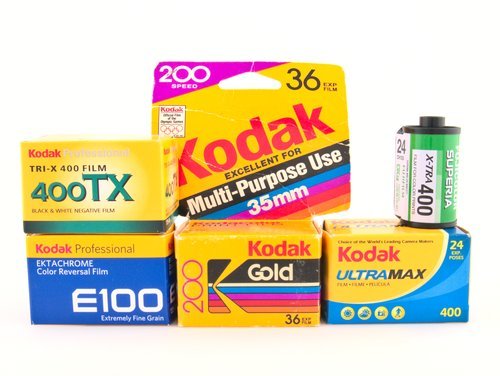
The best film to use in the Nikon F6 should be based on the lighting conditions, your lens, and type of film you want to use.
Taking advantage of an ISO 400 film or faster will allow you to skip being burdened with a tripod or flash.
If you would like to take photos inside or anytime there is low light, ensure you have a fast lens. Take a look at my blog post on the 5 Best Lenses for the Nikon F6 for lens suggestions.
Affiliate Links
Outside the Shot is a participant in the Amazon Services LLC Associates Program, an affiliate advertising program designed to provide a means for sites to earn advertising fees by advertising and linking to Amazon.com.
As an eBay Partner, I may be compensated if you make a purchase. I also participate in affiliate advertising programs with KEH and Adorama. More can be found on the Affiliate Discolsure page.
I have purchased gear from all of these companies and I expect them all to receive repeat business from me.
I’m Rebuilding 🏗️
If the page doesn’t have the answer you’re looking for you can email me at contact AT this domain. That account will be checked on Sundays and Wednesdays.
You can also DM me on Reddit /u/OutsideTheShot or post in /r/OutsideTheShot.
Color Film
Consumer
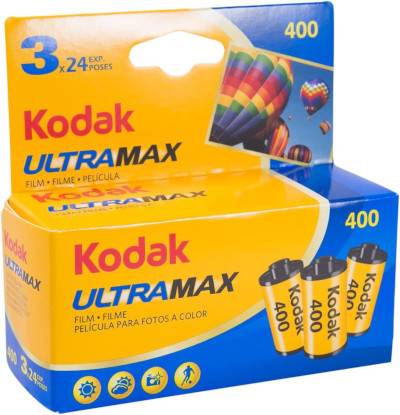
Kodak UltraMax 400 - The film handles a wide variety of lighting conditions well and is a great pick for a 35mm color film. Kodak UltraMax 400 is fast enough so that you should be able to handhold the F6 in the vast majority of situations.
Expect photos to look slightly warm with outstanding skin tones.
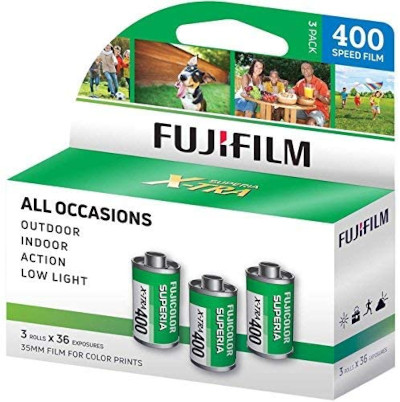
Fujifilm Superia X-TRA ISO 400 - Depending on where you are in the world, this film may be more widely available. It is a very good alternative to Kodak.
Fujifilm photographs tend to have cooler colors with notable blues and greens, compared to Kodak.
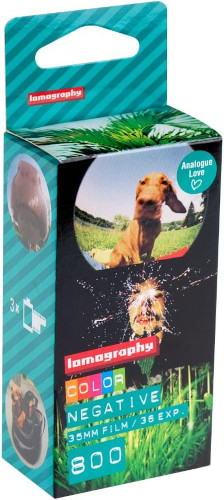
Lomography 800 - You’re limited to only a small number of options if you want a color ISO 800 35mm film. For 35mm film emulsions targeted towards consumers, Lomography 800 is the only option.
Furthermore, if you own a medium format camera, it is also available in 120 film format.
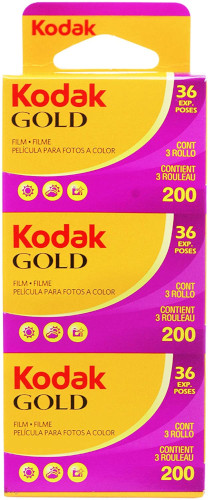
Kodak Gold 200 - A reliable means to get that mid-80s through 90s rendering. Use an on-camera flash to get the “classic” film look.
Over-expose it by 1 or 2-stops to produce the best the film has to offer. This will produce the attractive colors people love Gold 200 for.
Professional
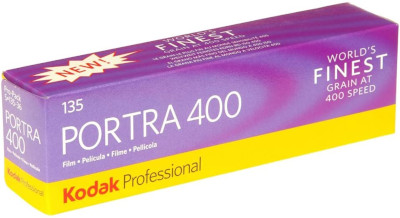
Kodak Portra 400 - By far the most popular color negative film among enthusiasts online. Overexpose Portra 400 by 1 or 2-stops to get the look and feel the film is known for.
Kodak Portra is also sold in ISO 800 and 160 emulsions. As well as in rolls of 120 film, 4x5 sheets, and 8x10 sheets.
Black and White Film
Consumer
With reasonable costs and excellent quite popular for use in the Nikon F6.
The main draw for photography students and budget minded photographers is the low price. Even if you would not put yourself in those groups, it’s good to have comparatively cheap rolls of film readily available for testing recently obtained used gear.
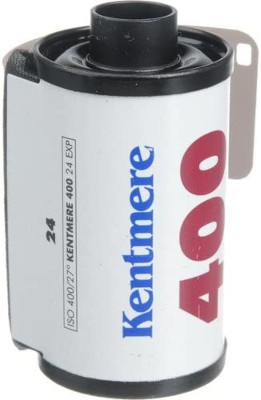
Kentmere 400 - Produced by Harmon Technology, which is also the parent company of Ilford. This is great since that allows this to be the most commonly sold B&W film out of the 3.
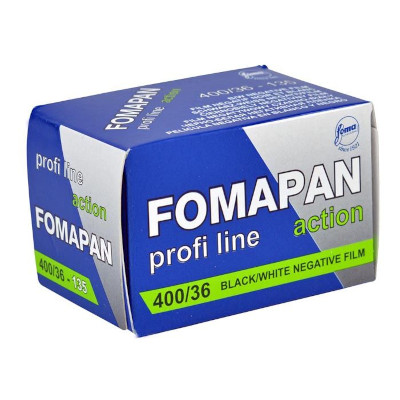
Foma Fomapan 400 Action - It will probably easier to find in Europe as the film is made in the Czech Republic by Foma Bohemia.
A good quality film to employ for your initial few attempts at home developing or film photography. Also a good selection if you are trying out a camera to make sure that it is fully functional.
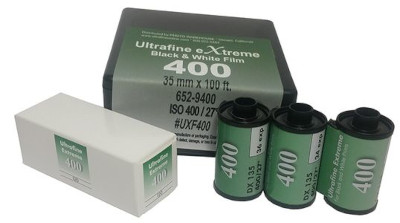
Ultrafine eXtreme 400 - You can get the cheapest price on this film by buying it straight from Ultrafine.
They make developer kits for 35mm film, so if you process film at home you could have previously had interactions with them.
Professional
The two top selling black & white 35mm film stocks are Kodak Tri-X 400 and Ilford HP-5 Plus 400. While they both possess different rendering, they possess numerous characteristics that are similar that makes them so well liked.
Both emulsions can be pushed 1 or 2 stops and still produce quality photos. This makes the film versatile as a roll can be shot at ISO 400, 800, or 1600.
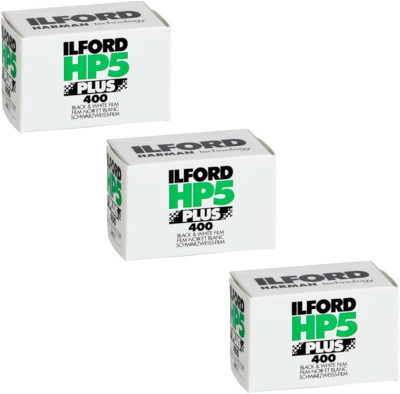
Ilford HP5 Plus 400 - The most important differences are that HP5 Plus is more affordable and has less contrast in comparison to Tri-X. Low amounts of contrast can be advantageous due to the fact contrast can be changed when making a print or through digital processing.
The film still appears great when pushed 2-stops. It is also recognized for having subtle grain.
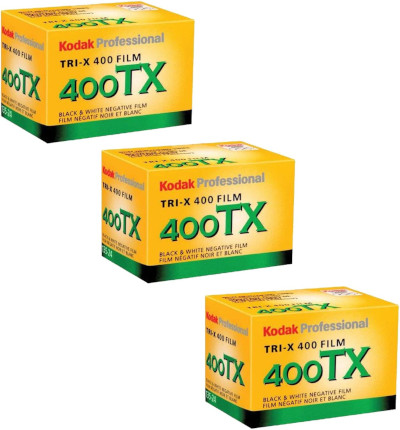
Kodak Tri-X 400 - This film stock possesses a more distinctive look to it. To achieve the traditional grain structure, contrast, and look of the film, it will need to be developed in D-76.
Tri-X clearly has higher levels of contrast. That is helpful if that is the overall look you are looking for because it means substantially less work when making a print in the darkroom or through digital processing.
Reversal Film
Transparency film, also known as reversal film or slide film, creates a positive picture. This allows the slides to be viewed with a light box or projector.
This is different from the more commonly available negative films that result in photos that require the colors to be inverted for the image to be seen.
Slide films have substantially less latitude and dynamic range compared to negative films and so they are regarded as challenging to shoot.
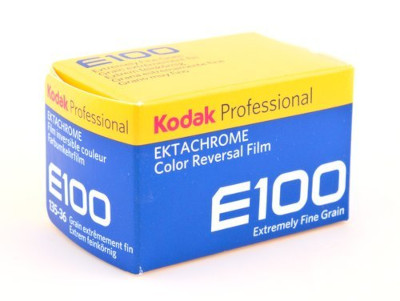
Kodak Ektachrome 100 - The film is known for excellent skin tones and fine grain. The colors do not appear oversaturated. It is daylight balanced.
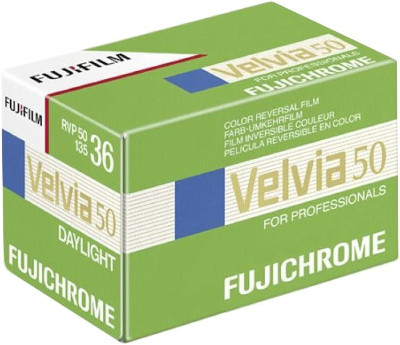
Fujifilm Velvia 50 - Delivers distinctive looking photos that have increased amounts of saturation and contrast. It is sharp and color balanced for daylight. Matched against all the slide films on the market, it has the highest resolving power.
An ISO 100 version is also available for purchase.
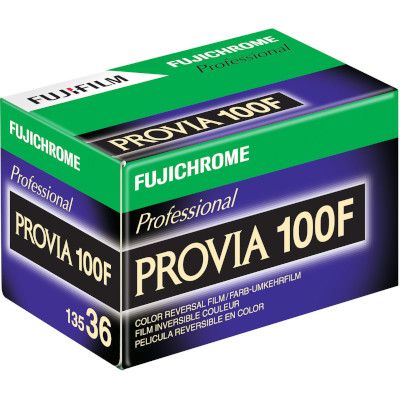
Fujichrome Provia 100F - Produces vibrant and natural colors with medium color saturation and contrast. It has ultrafine grain with a daylight color balance.
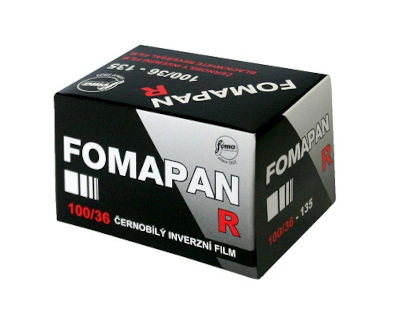
Foma Fomapan R100 - This is a black & white transparency film, reported by Fomapan as having higher levels of contrast, high resolving power, and fine grain. It’s also billed as a substitute for the long discontinued Agfa Scala Film Stock.
Film Basics
Consumer vs Professional Film
Pro film stock have larger dynamic range, latitude, and can more easily be pushed, which is the reason they cost more.
There is a disparity in where rolls of film can be purchased. Consumer film stocks can oftentimes be found in big-box stores and pharmacies in limited quantities. Pro film emulsions will need to be purchased from a online or photography store.
ISO
A film’s light sensitivity is displayed by the ISO.
The less light there’s available to get an image, the higher the ISO will be necessary. Furthermore, be prepared for increased film grain.
ISO 100 and slower speed films (ISO 50, ISO 25, etc) can be troublesome to shoot handheld with the F6. The can take longer can take more time than what you could handhold without producing motion blur unless you are in full sun.
To get around this you’ll need to use a tripod, flash, and/or fast lens. Using a fast ISO 400 or ISO 800 film can make the additional equipment unnecessary.
The ISO selection knob is labeled as ASA on the Nikon F6. The transition to using ISO from ASA (American Standards Association) came after the creation of the International Standards Organization (ISO).
Latitude
Latitude is the number of stops film can be overexposed while still holding onto acceptable images. Professional film stocks have a greater latitude along with a slightly higher cost.
Transparency film has a smaller amount of latitude in comparison with negative film. That is one of the reasons it’s viewed as challenging to shoot.
Dynamic Range
Dynamic range is the range between the brightest and darkest details of a picture that can be recorded. Parts of an image that fall out of this range will be rendered as black underexposed shadows or totally white overexposed highlights.
A bigger dynamic range is better given that a larger range helps make shooting in a wide variety of lighting conditions easier.
- Digital cameras 14+ stops
- Negative film up to 13 stops
- Slide film 6-8 stops
The constrained dynamic range of reversal film is an additional reason why it is viewed as difficult to shoot. A very good time to try it out is during the golden hour.
Film Type
The Nikon F6 takes 35mm film that is in canisters. 35mm film can also be called 135 film, and it’s the most commonly used film format.
The only other type of film you are likely to notice is 120 or 220 film that is used with medium format cameras}.
One of the marvelous things about film is that you can switch the film you use and get a completely different look to your shots.
DX Coded Film
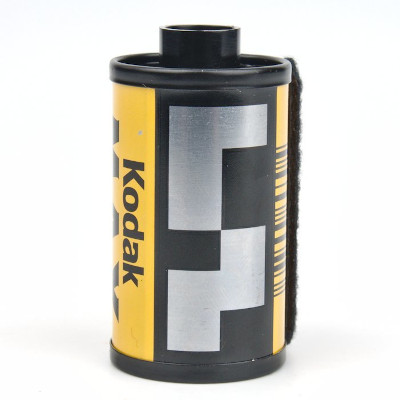
Nearly all new 35mm film sold currently has DX encoding on the canister. This lets cameras to auto detect and set the ISO of the canister put in the camera.
The ISO (ASA) on the Nikon F6 must be manually selected. For that reason DX-coding does not be of any use.
Nikon F6 Resources
Where to Get 35mm Film Developed?
There are a handful of options for where to process film. For a more comprehensive discussion of the possibilities have a look at my guide on Where to Get Film Developed.
WARNING: Film doesn’t get developed on site at big box stores and pharmacies. They mail the film off to be developed by a separate company. Because of that, you won’t be given your developed negatives back.
- Develop Film at Home
- Use a Local Photography Lab
- Use a Mail Order Photo Lab
- Pharmacy or Big Box Store
Shipping your film to a mail-order lab to be processed and scanned is the least difficult choice if you are new to using film. If you consistently use film, this may be a drawback since it can get very expensive.
Assuming that you are going through a medium to high volume of film, there are two activities that can be done to limit your expenses.
Bulk Loading Film
Among the ideal options to get a better price on film is to buy a bulk roll of 100’ of film and manually load canisters by hand.
A 100’ bulk roll of film should load roughly 18 rolls of film with 36 exposures each. Based on the film stock you are likely to save 20%-30%.
Bear in mind that you’re only going to be able to get 100’ rolls of black & white film. This is due to black & white film is easier and more affordable to process yourself.
Home Developing and Scanning
Any film can be processed by hand. In fact it is an intelligence way to cut costs so that you can shoot more film with your Nikon F6.
Black & white film is by far the least complicated to develop. Chemical temperature and development times are not as imperative to do correctly with black & white film as they are for color negative or slide film.